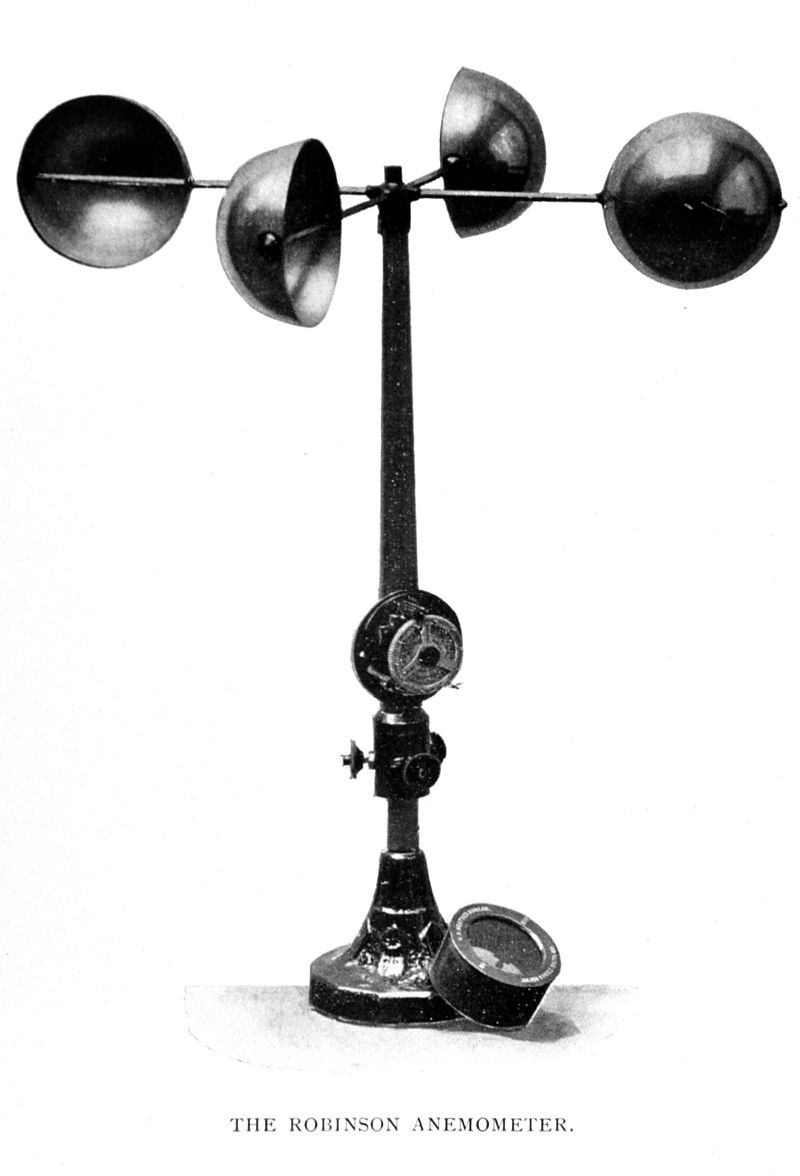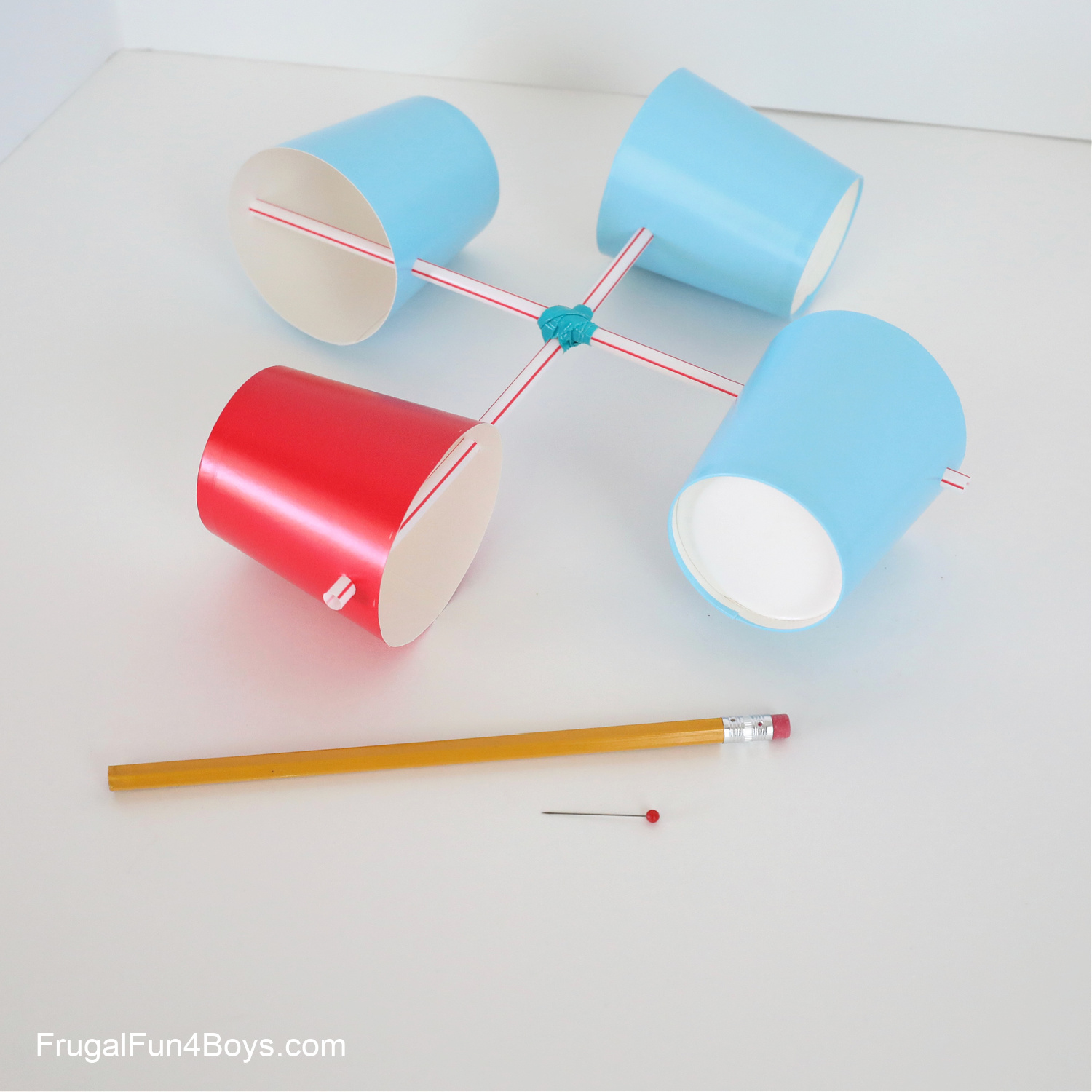The Role of an Anemometer in Improving Safety for Outdoor Activities
Checking Out the Features and Benefits of Anemometers for Weather Condition Lovers and Professionals
From cup anemometers to sonic anemometers, each type brings its unique collection of applications and advantages, shedding light on numerous elements of climatic conditions. As we dive right into the functions and advantages of anemometers, a deeper understanding arises not only of dominating weather condition sensations however also of the more comprehensive implications for fields like wind energy manufacturing and environmental research.
Value of Anemometers in Weather Surveillance
Anemometers play a critical role in weather monitoring by supplying precise dimensions of wind rate, assisting in projecting and understanding climate patterns. These tools, varying from traditional cup anemometers to contemporary ultrasonic anemometers, are crucial for meteorologists, scientists, and climate enthusiasts alike.

Kinds of Anemometers and Their Applications
The most common kinds of anemometers include cup anemometers, vane anemometers, hot-wire anemometers, and ultrasonic anemometers. Mug anemometers consist of 3 or four mugs mounted on straight arms that rotate with the wind, determining its rate. Vane anemometers, on the various other hand, utilize a freely turning vane to align with the wind instructions, supplying both wind rate and direction measurements.
Each kind of anemometer has its special benefits and applications. Mug anemometers are suitable and durable for basic weather surveillance, while vane anemometers are favored for directional measurements. Hot-wire anemometers are delicate to reduced air velocities, making them excellent for indoor atmospheres. Ultrasonic anemometers are non-intrusive and offer high precision, commonly used in research study and specialized climate monitoring applications. Understanding the attributes and applications of each sort of anemometer is crucial for choosing one of the most proper tool for specific weather condition monitoring needs.
Advantages of Using Anemometers in Forecasting
In meteorology, the utilization of anemometers offers invaluable benefits for boosting the precision of weather condition forecasting. Anemometers measure wind rate and instructions, providing critical data for anticipating climate patterns. By including wind information right into projecting models, meteorologists can better recognize the activity of weather condition systems, prepare for adjustments in weather, and concern a lot more specific projections.
Additionally, anemometers play an important role in analyzing prospective weather hazards. Checking wind rates helps forecasters forecast serious weather occasions such as typhoons, hurricanes, and wintertime storms with higher precision. This very early warning system allows authorities to issue prompt notifies description and apply required safety procedures, reducing the threats to life and building.
Furthermore, anemometers aid in optimizing eco-friendly energy manufacturing. By analyzing wind patterns, meteorologists can determine ideal locations for wind ranches and forecast energy outcome, adding to the effective generation of wind power.

Anemometers in Wind Energy Manufacturing
Offered the crucial function anemometers play in supplying exact read wind information for weather forecasting and risk evaluation, their value includes the realm of wind power manufacturing. Anemometers are essential instruments in the field of wind energy, where the measurement of wind speed and direction is important for establishing the feasibility and efficiency of wind turbine installations. By accurately measuring wind speeds at varying heights, anemometers help optimize the positioning and layout of wind generators to take full advantage of energy outcome.
In wind farms, anemometers are strategically placed to collect real-time wind data that is made use of to assess the possible power manufacturing of a site. This data is important in identifying the economic viability of wind power jobs and in forecasting energy generation to ensure grid security. In addition, anemometers aid in keeping track of wind conditions to maximize generator efficiency, avoid damages from high winds, and guarantee the safety and security of personnel operating in the area of wind turbines.
Enhancing Weather Condition Comprehending With Anemometers

Anemometers play a vital function in improving our understanding of microclimates. These local climate conditions can vary significantly from wider regional forecasts, making it necessary to have exact information for details areas. anemometer. By purposefully putting anemometers in various locations, researchers can gather in-depth details on how wind behaves in different terrains, city atmospheres, or bodies of water
Additionally, anemometers add to boosting weather forecasting designs by offering real-time information on wind habits. This information is specifically useful for anticipating severe weather occasions, optimizing agricultural techniques, and supporting sectors like air travel and maritime navigation. Overall, anemometers are very useful tools that enable us to delve much deeper right into the intricacies of climate systems, ultimately causing even more precise forecasts and better-informed decisions.
Conclusion
To conclude, anemometers play a vital function in climate surveillance and forecasting by measuring wind speed and direction. They are necessary tools made use of by weather condition enthusiasts and specialists to collect exact data for predicting weather condition patterns and assessing possible effects. Anemometers additionally have applications in wind energy production, more highlighting their relevance in both weather forecasting and renewable resource industries. Overall, anemometers add to improving our understanding of climate sensations and enhancing projecting capacities. anemometer.
From cup anemometers to sonic anemometers, each type click here for more info brings its special set of advantages and applications, dropping light on different facets of atmospheric conditions. These instruments, varying from standard mug anemometers to modern ultrasonic anemometers, are essential for meteorologists, researchers, and climate fanatics alike. The most typical types of anemometers include mug anemometers, vane anemometers, hot-wire anemometers, and ultrasonic anemometers. Mug anemometers are durable and suitable for basic weather tracking, while vane anemometers are favored for directional dimensions. Anemometers are important tools in the field of wind power, where the dimension of wind speed and instructions is critical for determining the expediency and efficiency of wind turbine setups.